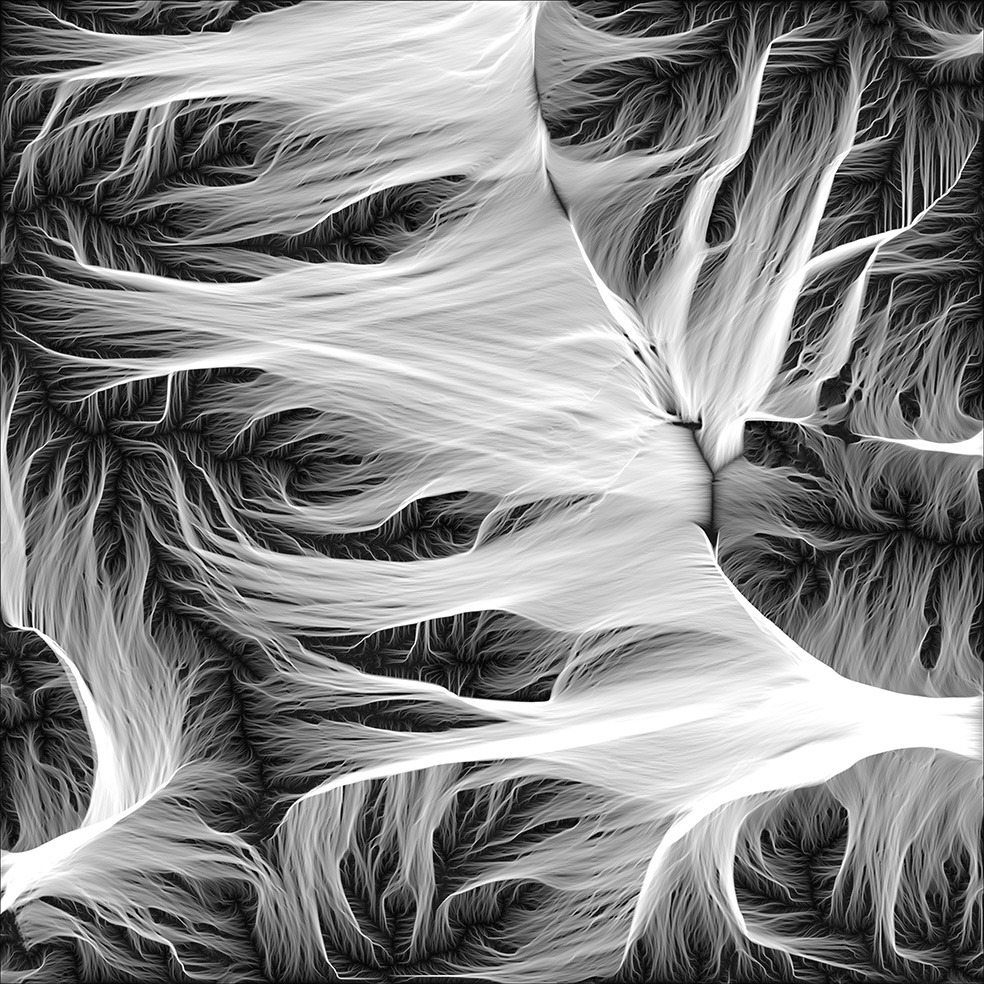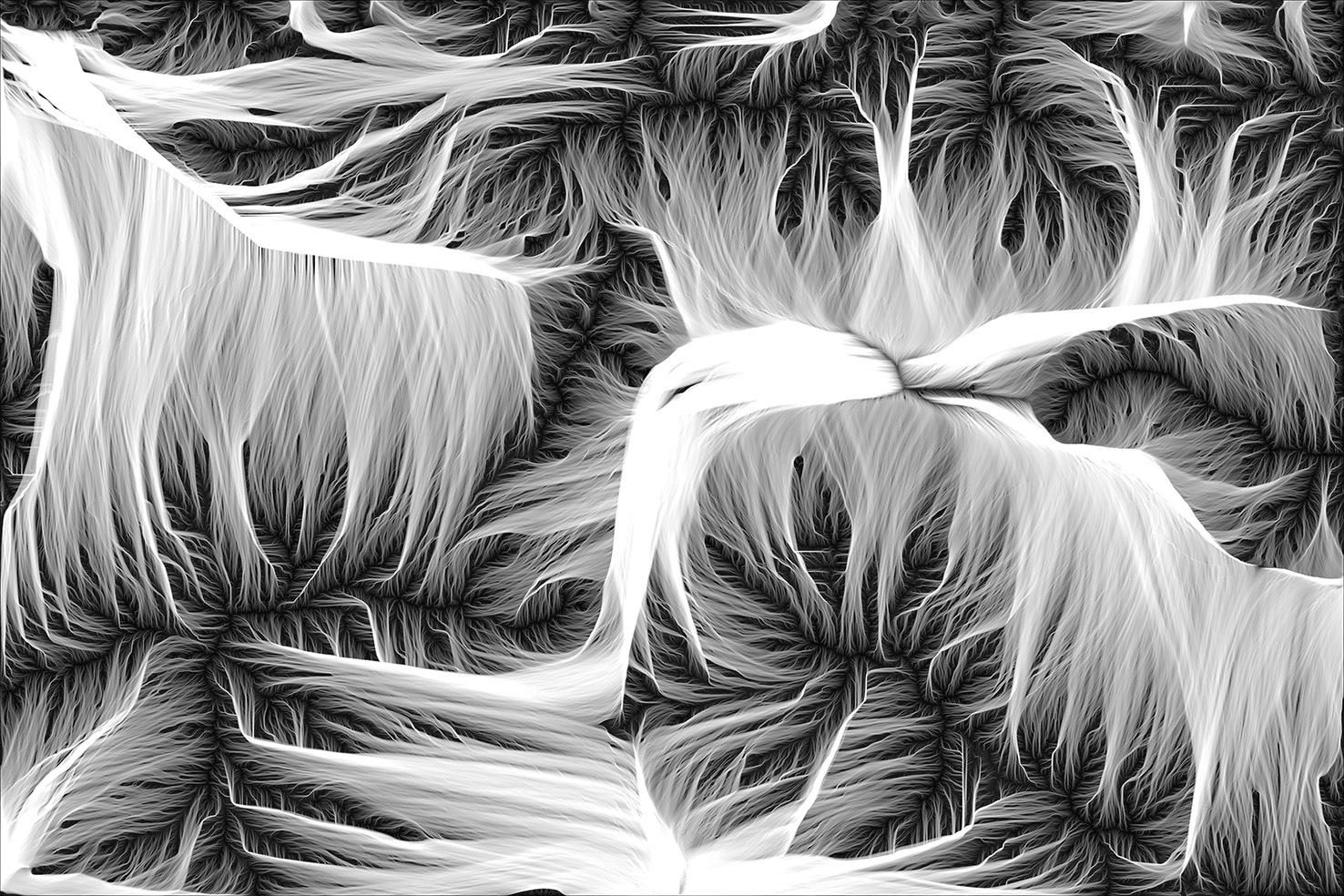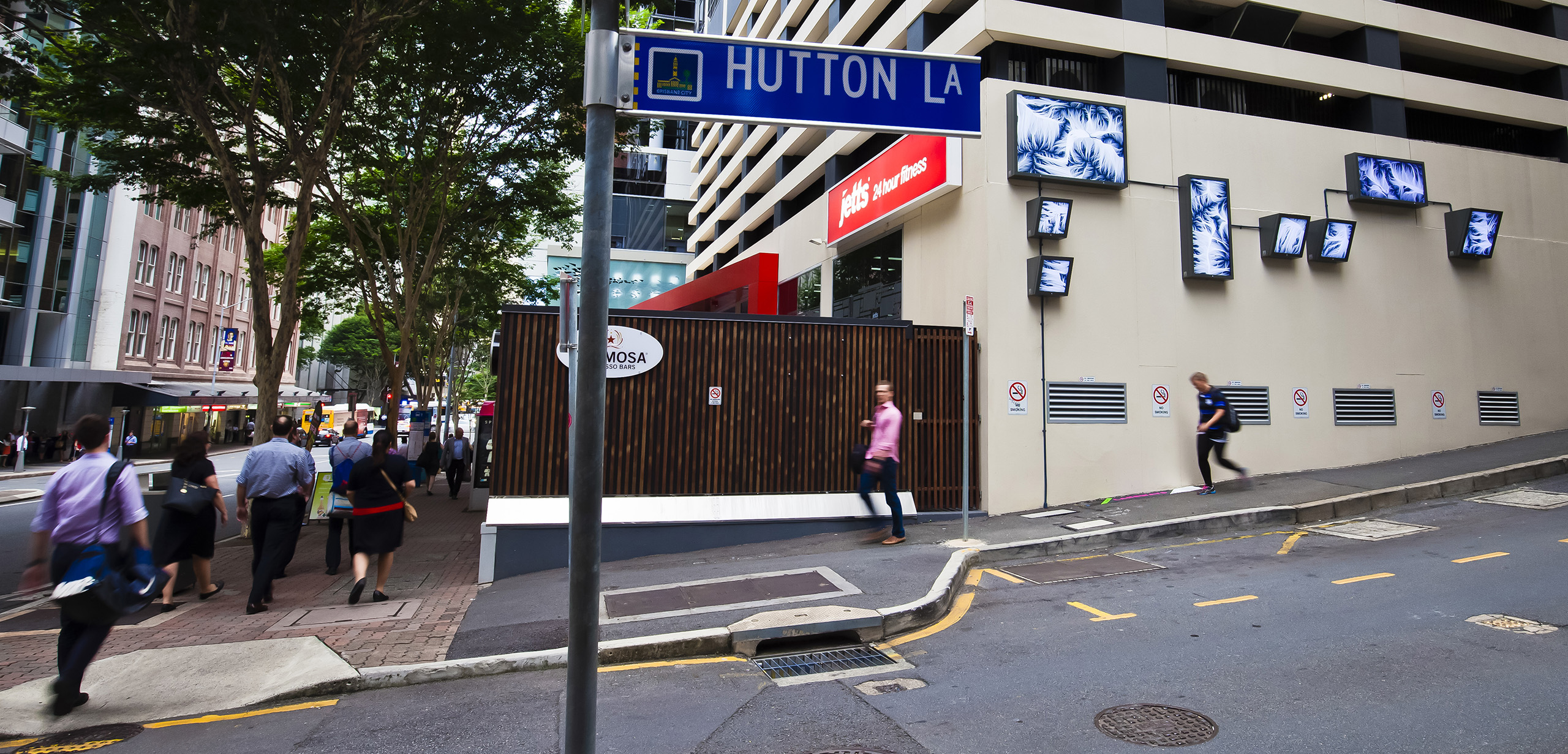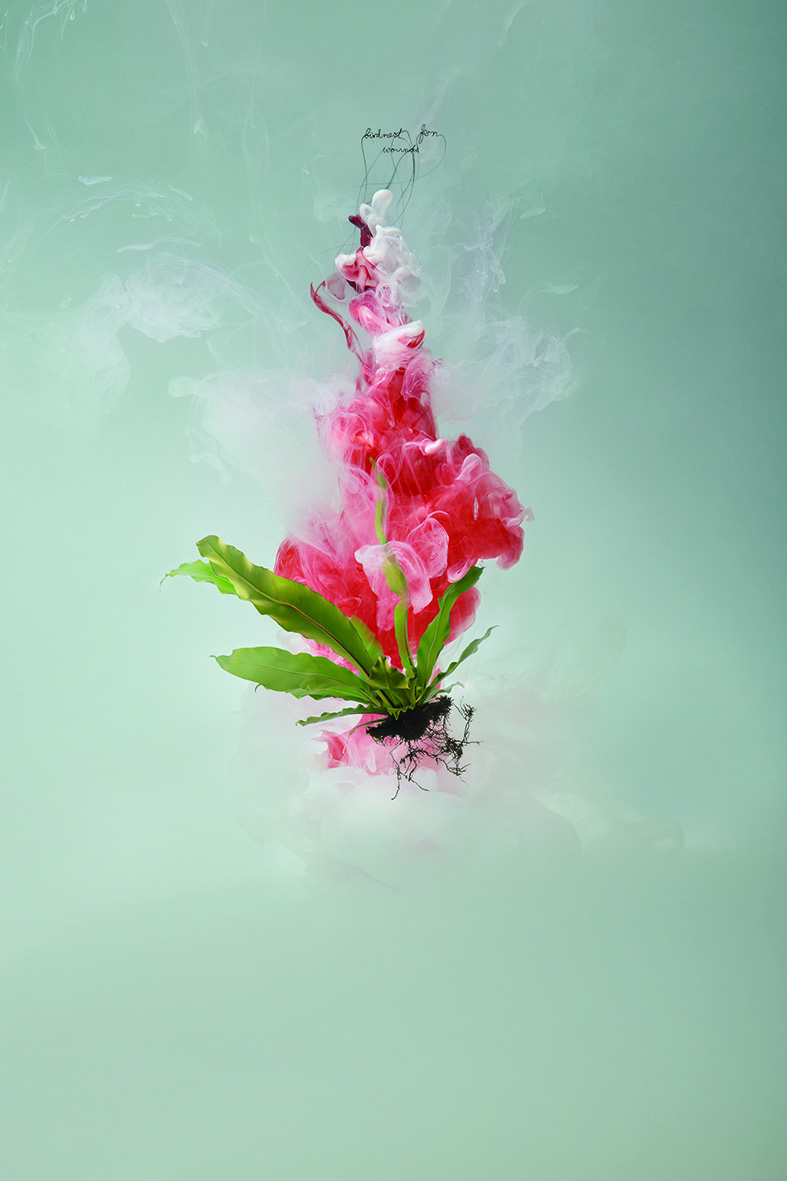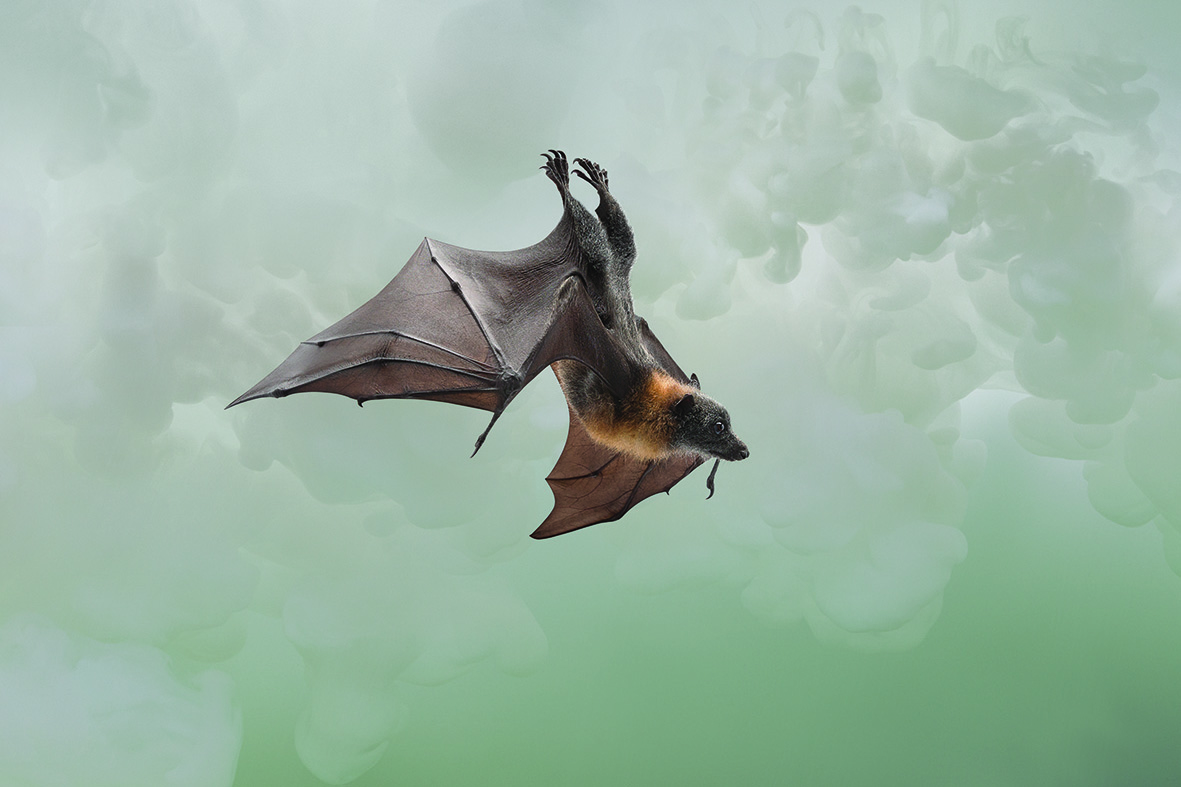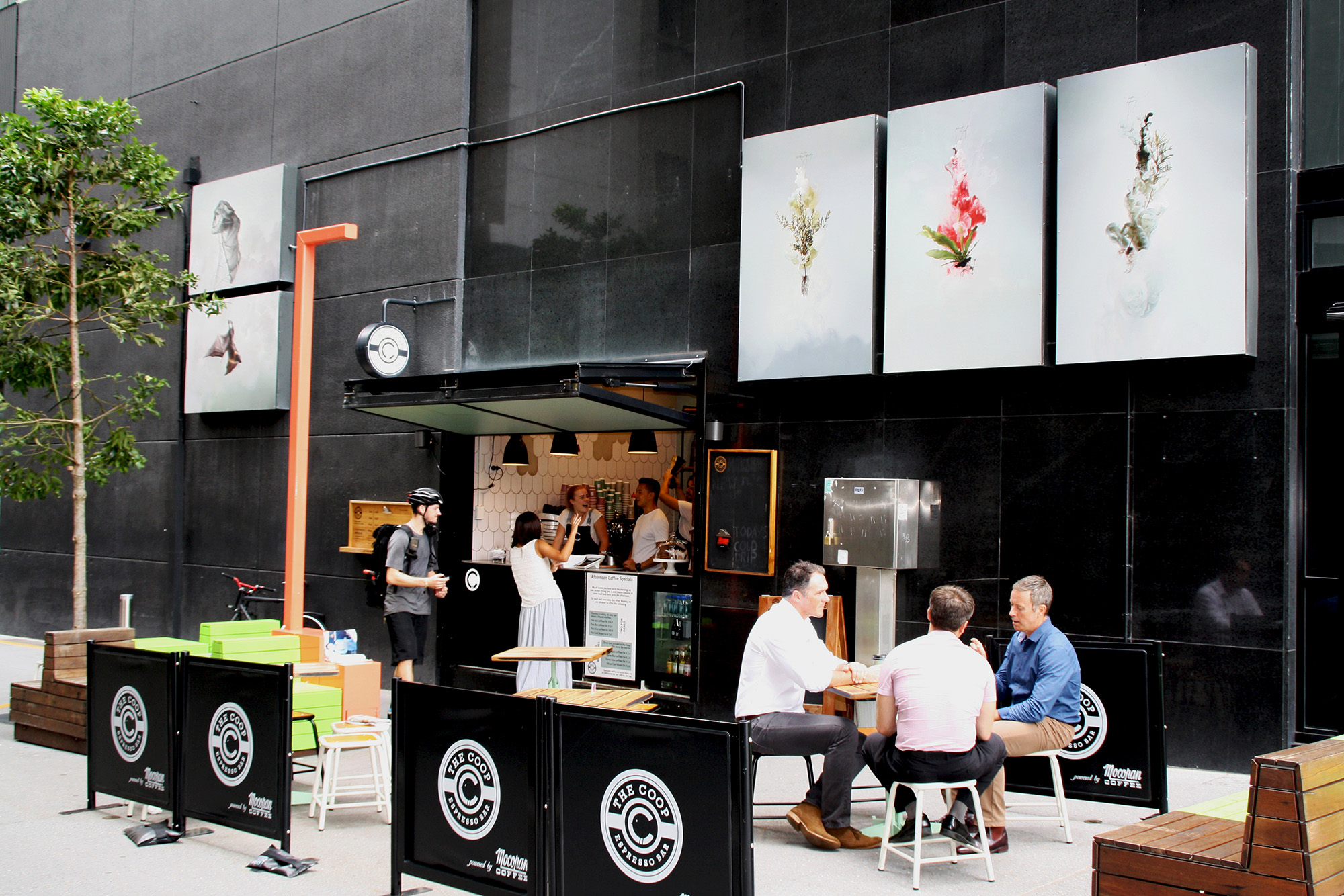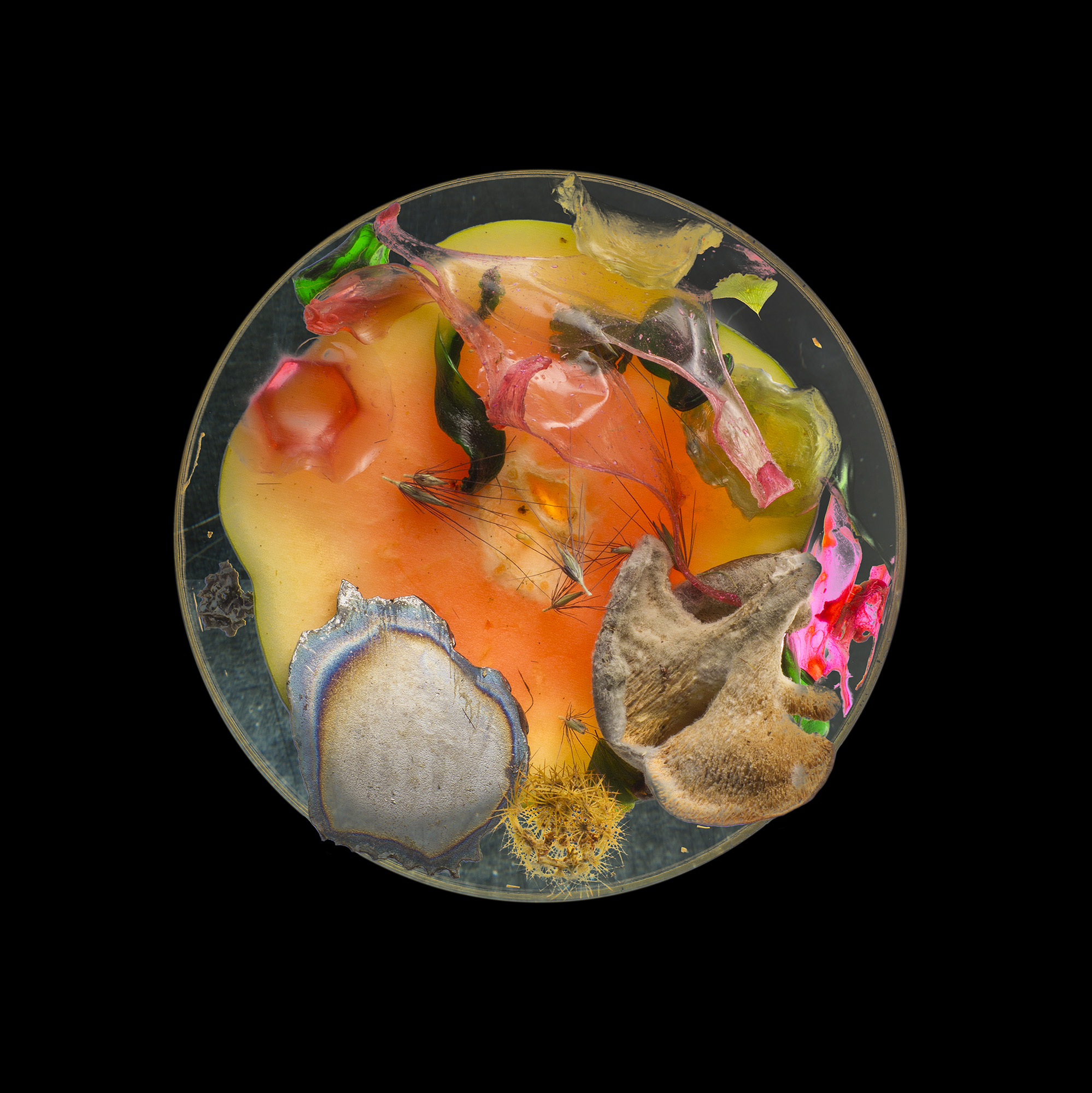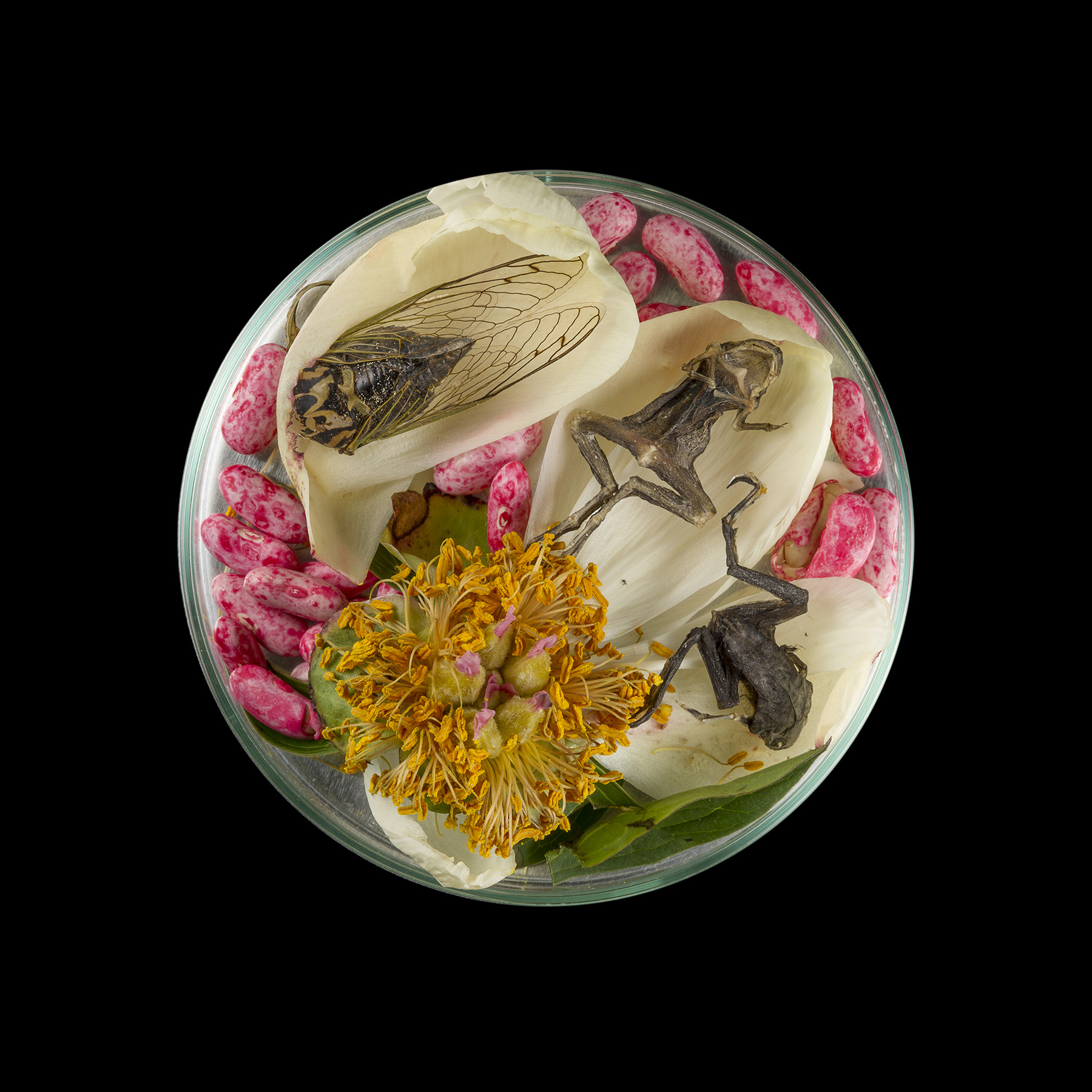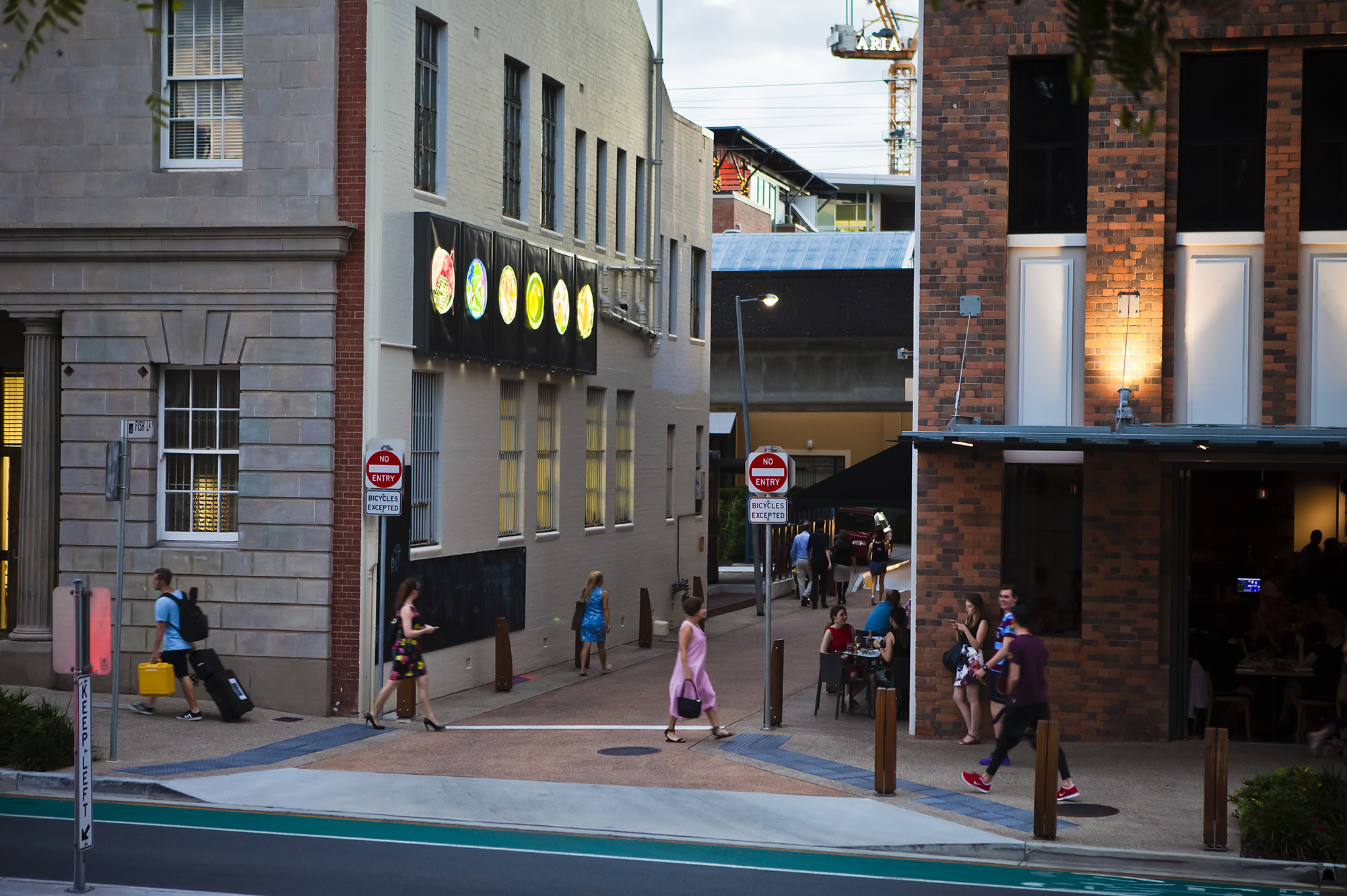World Science Festival (WSF) Vibrant Laneways Lightboxes in Fish Lane, Hutton lane and Eagle Lane for Brisbane City Council.
Brisbane City Council has established a series of light box infrastructure in a number of inner city laneways for temporary artworks to be displayed in conjunction with city events. The curatorial rationale and the practice of the artists focused on ‘science and art’ as the artworks were featured as part of “Rethink”, the World Science Festival 2016 (3-31 March). Because the World Science Fair was initiated in NYC, artists were to be chosen from both NYC and Brisbane. The three different Laneway sites—Fish, Hutton, and Eagle Lanes—were to feature 3 artists in the 19 light boxes.
The artwork strategy cohesively linked the six emerging World Science Festival themes of: The Great Barrier Reef and Oceans, Climate Change, Maths and Big Data, Astronomy, The Future (of science, of cities, of health, and medicine) and Science Ethics and Law.
The ways in which artists bring together art with science is predictably diverse. There are as many avenues of exploration that are as motivationally and procedurally different. In keeping with this breadth of exploration, four broad areas for the WSF rationale within the art and science field were developed:
• art + science collaborations;
• artists who use scientific processes;
• artists who address the mystery of reality, humanity and the cosmos. (celestial, organic and cellular corpus); and
• politically and environmentally focused artists who create awareness about scientific issues/agendas
While science may be viewed as either spectacular or removed from human experience, the impact of art is essentially affective. Through its aesthetic and visual language, it prompts curiosity and creates understanding in a way that quantitative and scientific languages cannot. Art has not only the capacity to ‘wake us up’ but importantly it can create wonder or manifest previously unimagined futures.
The artists selected were: Suzanne Anker (NYC), Adam Donovan (Vienna) and Helen Pynor (Sydney)


